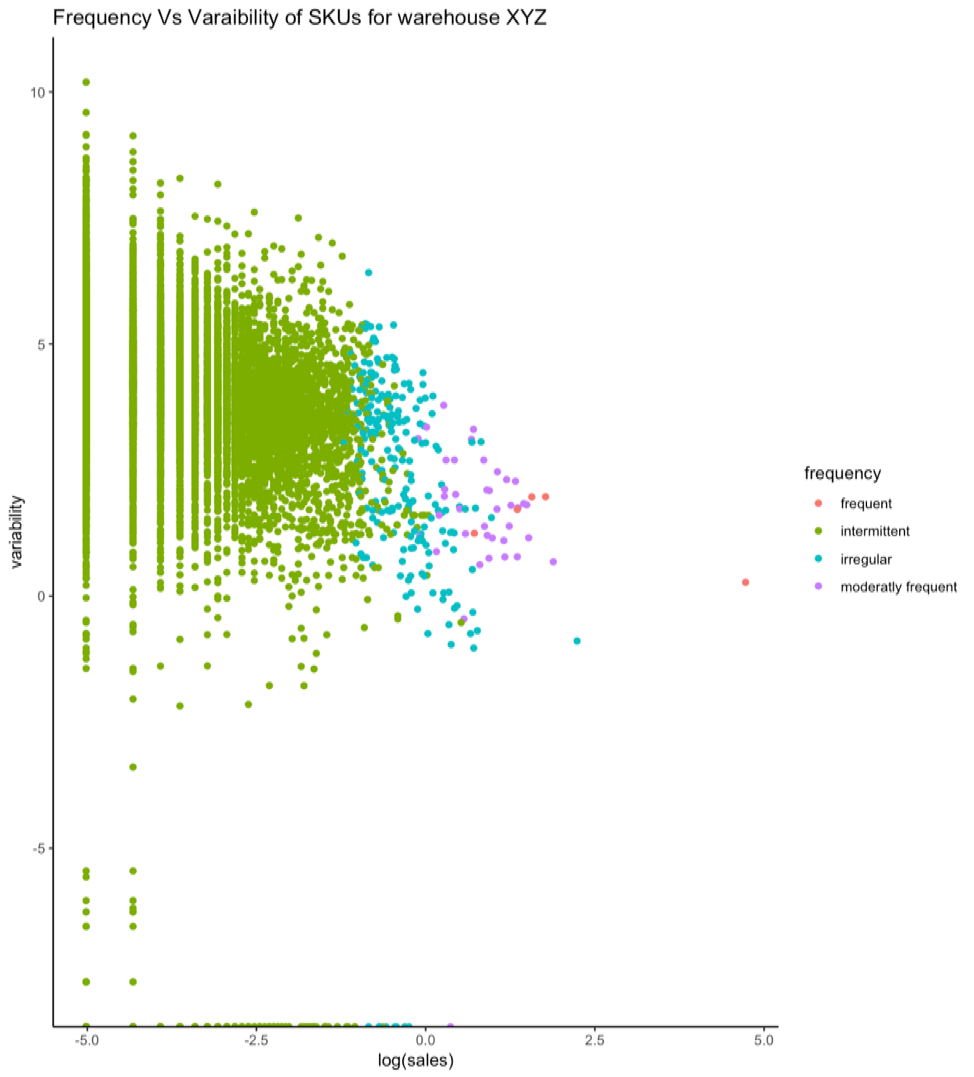

The production process used to be carried out jointly between machines and operators. This company wanted to expand its product portfolio launching two new kinds of cheeses. This work consists of a brief introduction to I4.0, CS and DT and finally a business case, which was carried out on a dairy small and medium enterprise (SME) factory located in Argentina. Although there is still no agreement on the difference between CS and DT, it is being accepted that a CS represents real systems through a computational model, whilst a DT has, in addition, a two-way data communication with the real object and in real time.

Both technologies have myriad applications in fields as diverse as medicine or manufacturing. For example, the availability of office services for corporate accounts, or the credit department have no effect on those for individuals, because they are physically and functionally separate.Two of the most important enabling Industry 4.0 (I4.0) technologies are computational simulation (CS) and Digital Twin (DT). Simulation models only need to consider those factors which impact the problem being analyzed. Relevant system measures were then selected to set the parameters of the simulation model - the number and frequency of customer arrivals, the time a teller takes to attend a customer, and the natural variations which can occur in all of these, in particular, lunch hour rushes and complex requests.Ī flowchart corresponding to the structure and processes of the department was then created. This specific example may also be applicable to the more general problem of human and technical resource management, where companies naturally seek to lower the cost of underutilized resources, technical experts, or equipment, for example.įinding the optimum number of staff to deliver a predefined quality of service to customers visiting a bank.įirstly, for the bank, the level of service was defined as the average queue size. The Use of Simulation with an Example: Simulation Modeling for Efficient Customer Service In logistics, a realistic picture can be produced using simulation, including unpredictable data, such as shipment lead times. Uncertainty in operation times and outcome can be easily represented in simulation models, allowing risk quantification, and for more robust solutions to be found. It compares different approaches for modeling and analyzing business strategies and demonstrates the commercial use of simulation with case studies from world-famous companies. This version is specially designed for self-learning, so you can freely explore the world of simulation!Īlternatively, start with our white paper based on the presentation by Lyle Wallis, director at PwC.
#Disadvantages of anylogic download
To learn how simulation is different from traditional mathematical modeling and check if it is applicable to your challenges, try AnyLogic yourself - download the Personal Learning Edition for free. By being able to inspect processes and interact with a simulation model in action, both understanding and trust are quickly built. The ability to analyze the model as it runs sets simulation modeling apart from other methods, such as those using Excel or linear programming. The uses of simulation in business are varied and it is often utilized when conducting experiments on a real system is impossible or impractical, often because of cost or time.
#Disadvantages of anylogic software
Simulation software provides a dynamic environment for the analysis of computer models while they are running, including the possibility to view them in 2D or 3D. Unlike physical modeling, such as making a scale copy of a building, simulation modeling is computer based and uses algorithms and equations. Simulation enables experimentation on a valid digital representation of a system. Across industries and disciplines, simulation modeling provides valuable solutions by giving clear insights into complex systems.īits not atoms. It provides an important method of analysis which is easily verified, communicated, and understood. Simulation modeling solves real-world problems safely and efficiently.


 0 kommentar(er)
0 kommentar(er)
